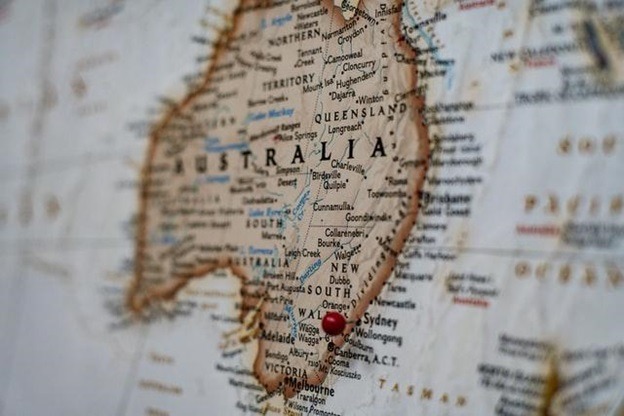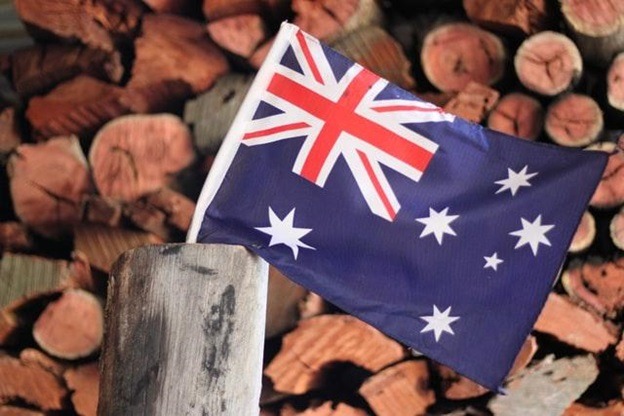Australia Day has always been one of the most anticipated events for many people living in Australia. For some, the day is just another holiday; for others, it is an excellent opportunity to spend time with your loved ones while watching fireworks, grilling out, going to the beach, and exploring the city.
Although the day has been designated as a celebration of the nation’s democracy, not all Australians agreed on the exact date. Some people see the 26th of January as diversifying, which corresponds to when the First Nations people were subjected to dispossession, violence, cultural destruction, abuse of the law, extreme social control, and other forms of oppression. As a result, not all citizens regard the date as a holiday; instead, it is observed as Survival Day and Day of Mourning.
Notwithstanding all of the controversy surrounding the event, the majority of people still celebrated it. Around three out of four Australians saw the 26th of January as more than just a day off but as an opportunity to recognize and commemorate the country’s love for its people (continue reading). The majority of people spend the day with their families and friends, with about half of the population participating in state and municipal-sponsored activities.
But it does not end there; the celebration might seem offensive for indigenous people. It is one reason why the utmost priority while celebrating is to bring paramount respect and empathy to those who are not in favor of the event. There are few simple things to do to get honor and respect for the country and its people.
Learn The Truth About The History Of The Said Date
Commemorating the event for honor and freedom is indeed fulfilling as a citizen of the country. However, the celebration is not only all about the present that has resulted from the past. As a part of the country, people unite together regardless of culture or race. Thus, it also includes remembering and acknowledging the history that dates back, especially about the Aboriginal culture.
Some people find the debate all over the years as non-sense and all-fuss. However, it could be because people don’t know the truth.
Let us take a step back.
The British encountered active resistance from the Aboriginal and Torres Strait Islander owners and custodians of the lands from the moment they invaded Australia in 1788. Massacres became a defining maneuver to defeat resistance during the country wars, which remained around several years. Violence has taken place for more than a decade, resulting in many Aboriginal men, women, and children getting dead (link: https://c21ch.newcastle.edu.au/colonialmassacres/).
You can commemorate and be educated at the same time. You can enjoy while being informed about the things that contribute to what you are desiring. You can love your country, and it must come with love for your fellow countrymen.
The Protocols In Flying The Flag
One thing that symbolizes freedom is the flag. Moreover, to show respect and honor to it is to know the proper way of handling it during the day of celebration for the nation. The flag can be displayed in various ways on Australia Day; some even draped it over their shoulders or ran up on a pole.
However, the proper placement, handling, use, and disposal of flags are all categorized by a flag protocol. Some countries have incorporated specific protocols into their legal systems, whereas some countries proposed guidelines following whether it has law consequences or not if not correctly followed.
It was the year 1901 when the Australian National Flag was first raised. The flag of Australia is Australia’s foremost national symbol and now has come to be viewed as an expression of the country’s identity and patriotism.
In the sense of respect to that nation’s flag, always hold the flag in a manner befitting the stature of the great country it represents. Thus, that also includes providing assurance that you have it with utmost respect and dignity.
It is also essential to make sure that the flag is always in good condition and ready to be flown in its best form, so check ahead of time if you are going to raise it. The components of a flag should be identifiable whether it is presented in a car or on clothing. Make sure that it is neither defaced nor altered. Therefore, you cannot change or cover the details around the flag’s image.
The event can get exciting and fun but do not forget that it is a general rule not to let the flag touch the ground in any circumstance, whether it is accidental or not.
Support Indigenous Music
Traditionally, the music of Australia included the rich heritage of the Aboriginal and Torres Islander people as well as their personal and communal rituals. Over time, these two millennia of traditions have converged to the present, which can be described as an intersection of both individual and ceremonial activities that involve music for the people of the Northern and Southern territories.
On the day of celebrating the nation’s democracy, it comes with various events people can enjoy. You can learn more about it on websites such as Australians Together and the like! Following the parade, almost half a hundred thousand gather in Elder Park to watch the Australia Day Concert. Local musicians and artists are performing a different genre of music.
You may watch and tune in to the live music broadcast in Sydney and catch the popular Indigenous songs streamed in Melbourne 1503AM. On top of it, you can attend the survival day to support the First Nation’s People. Along with the agendas, there will be a performance of the National Anthem, a Flag-raising ceremony, and a 21-gun salute.
Avoid Making Fun Of The Indigenous People
A recent study discovered that Aboriginal and Torres Strait Islander respondents reported far higher rates of racism than non-Aboriginal Australians.
Humor traits are entertaining not until they become overly offensive, especially for those people who have gone in a dark past. Remember to avoid stating race discrimination against the culture of Aboriginal and Torres Strait Islander peoples. We all know that they still continue to face a high level of racism in various settings until now.


